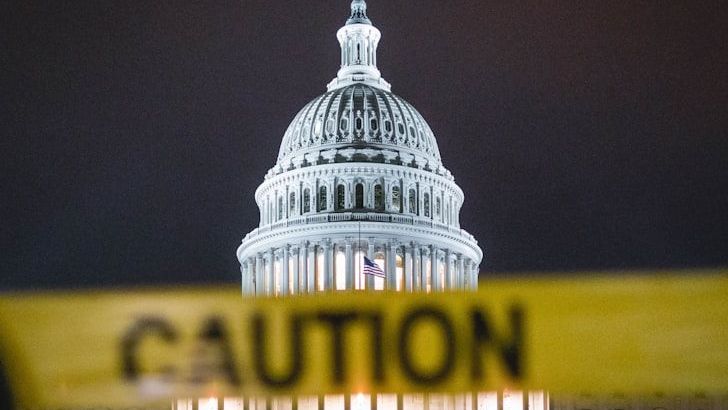What To Do With Your Pennies As the Final US Penny Is Produced After 230 Years
The small copper coin that has jingled in American pockets for more than two centuries is now officially becoming a piece of history. This milestone marks far more than the end of penny production – it signals a major shift in how Americans deal with small change. The impact touches every household, from seasoned coin collectors to everyday shoppers. So let’s break down what this historic moment means and what you can do with the pennies you still have.
The Final Chapter for the U.S. Penny
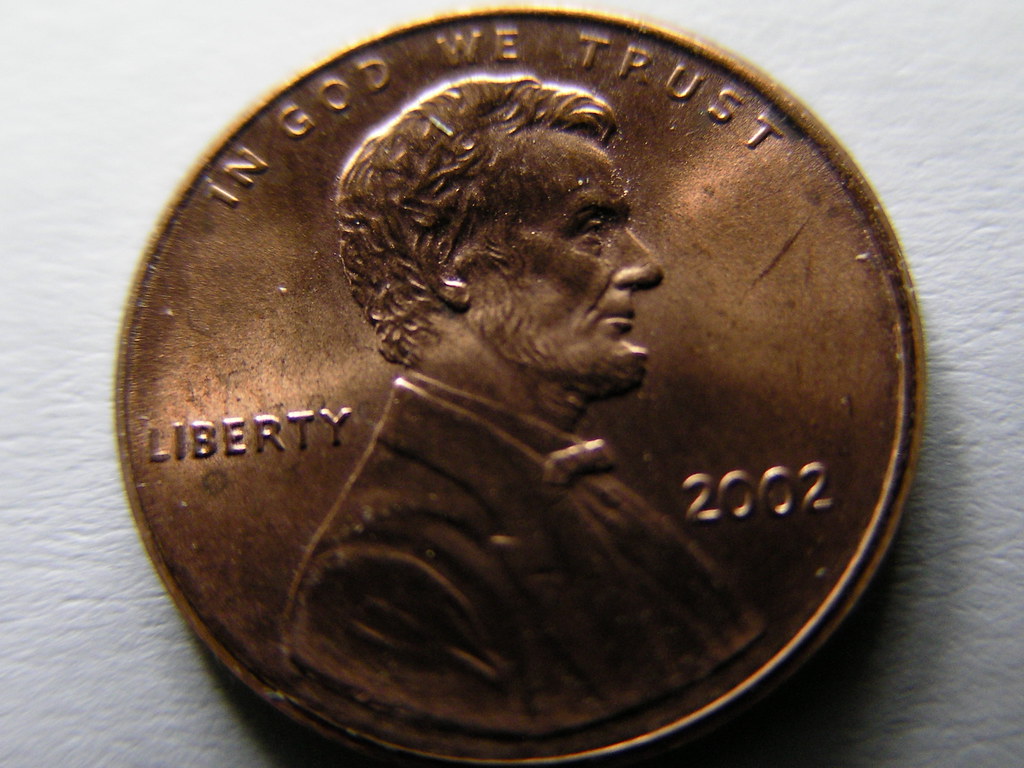
On Wednesday, the U.S. halted production of the penny, marking the end of a 230-year tradition for a 1-cent coin that once shaped American culture but ultimately became nearly worthless.
Financial Motives Behind the Decision
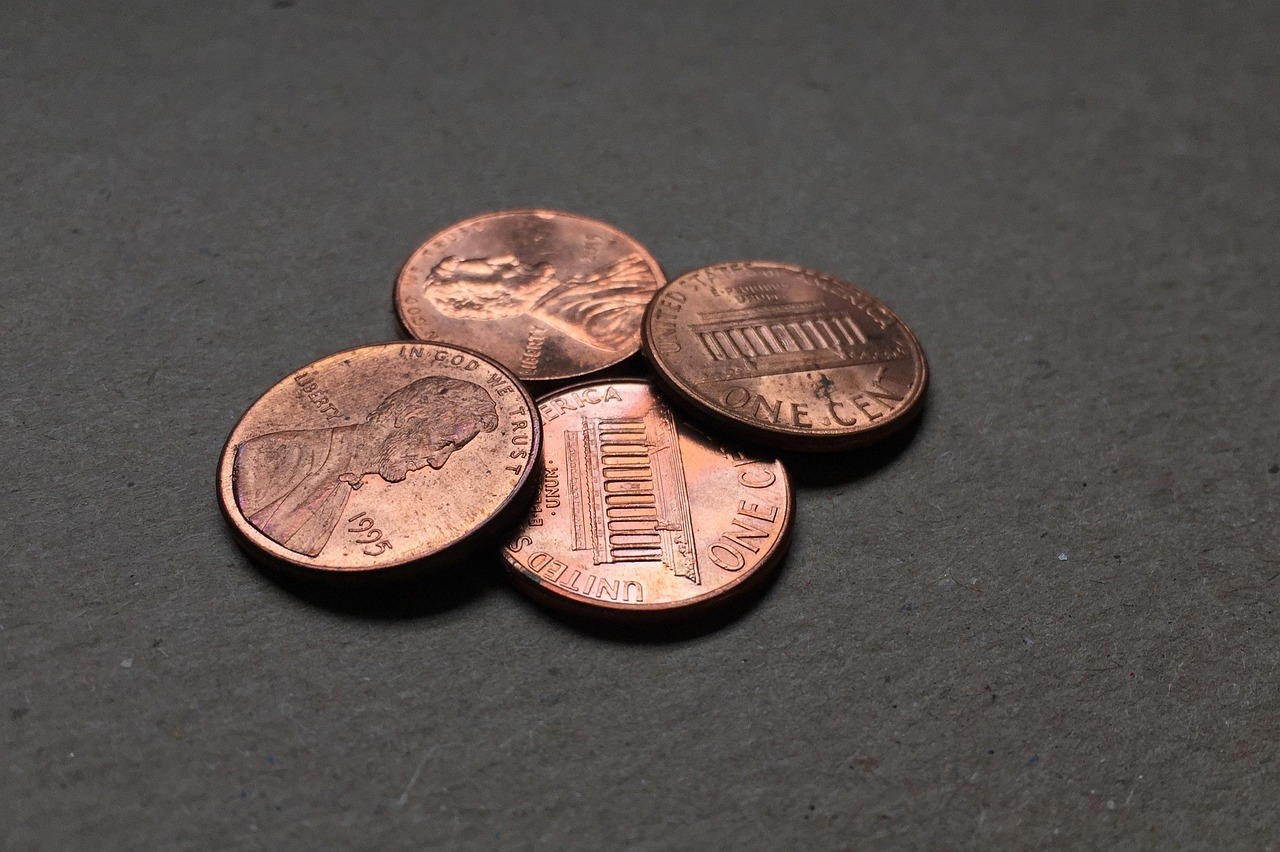
The government argues that discontinuing the penny will cut unnecessary spending – an idea President Donald Trump emphasized when announcing the plan earlier this year, saying the move would “rip the waste out” of the national budget.
The Treasury Department projects that halting production will save roughly $56 million annually.
Declining Use in a Digital Economy

Federal officials say the surge in electronic payments has rendered the penny increasingly irrelevant. With an estimated 300 billion pennies already circulating – far more than needed for everyday transactions – the Treasury believes there is a surplus that will continue to meet demand for years.
Studies show that around 60% of U.S. coins, amounting to $60–$90 per household, sit untouched in jars and piggy banks, deemed too trivial to bother exchanging.
Consumer Impact and Pricing Concerns
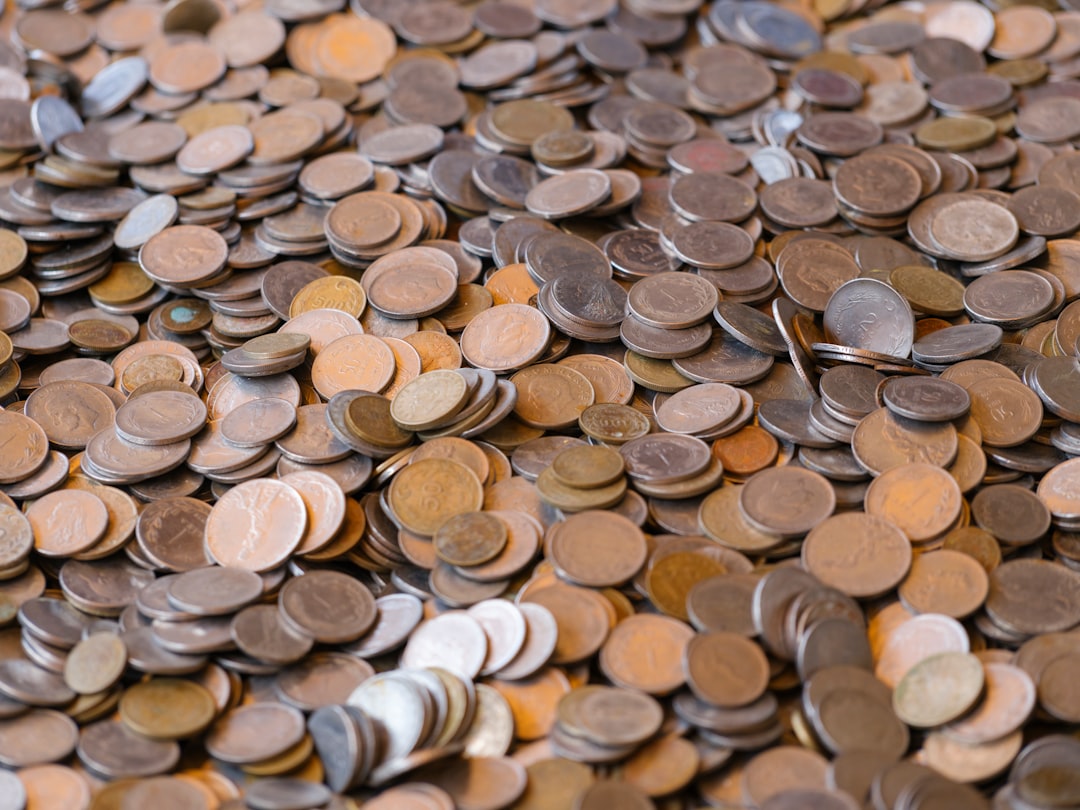
Shoppers may feel a small but noticeable impact as businesses begin rounding prices due to the shortage of pennies. Research from the Richmond Federal Reserve suggests such rounding could cost consumers up to $6 million each year.
Although pennies carry a face value of just one cent, the rising production expense – and the inconvenience of handling them – has created a debate among both consumers and business owners.
Following a Global Trend

The U.S. is not the first nation to retire its lowest-value coin. Canada stopped producing one-cent coins in 2012, while Australia and New Zealand phased out their one- and two-cent coins in the 1990s and later eliminated the New Zealand five-cent coin in 2006.
The UK briefly considered removing 1p coins in 2018, and although the proposal was shelved, the shift toward cashless transactions led the country to suspend minting new coins in 2024 due to abundant supply.
Could the Nickel Be Next?

Attention is now shifting toward the U.S. nickel, which has a face value of five cents but costs nearly 14 cents to produce. According to the Richmond Fed, eliminating the nickel would have a much larger financial effect on consumers – potentially adding more than $55 million in annual costs.
As the penny’s retirement becomes official, debates over the future of America’s other small-denomination coins are expected to intensify.
Keep Them as Legal Currency
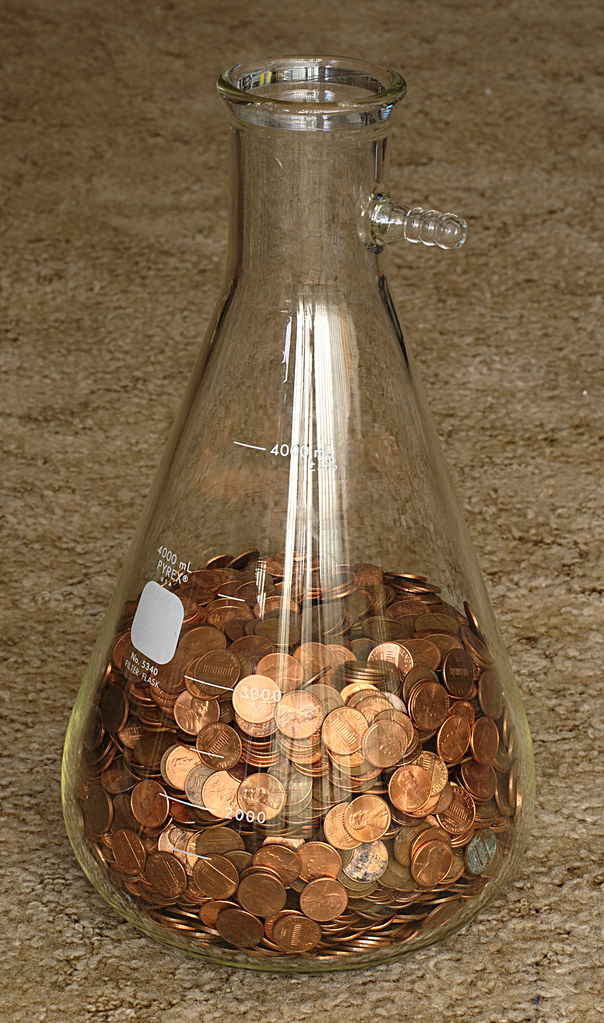
The most straightforward approach might surprise you. Pennies can still be used to make purchases, be deposited at banks or kept in collections. They aren’t being banned or devalued, the government just won’t be minting new ones.
Despite production ending, your pennies remain as valuable as they ever were from a legal standpoint. However, the practical reality is already shifting. Retailers are already facing challenges from penny shortages.
Without the 1-cent coin, merchants may have to start rounding prices to the nearest nickel. Some businesses have begun encouraging customers to pay with exact change, while others are rounding transactions in customers’ favor to avoid shortchanging shoppers.
Each coin can circulate for about 30 years before wearing out, meaning there will be no shortage of them anytime soon. Your pennies will likely remain spendable for decades to come, though their practical usefulness in daily transactions may gradually diminish as businesses adapt to the new reality.

